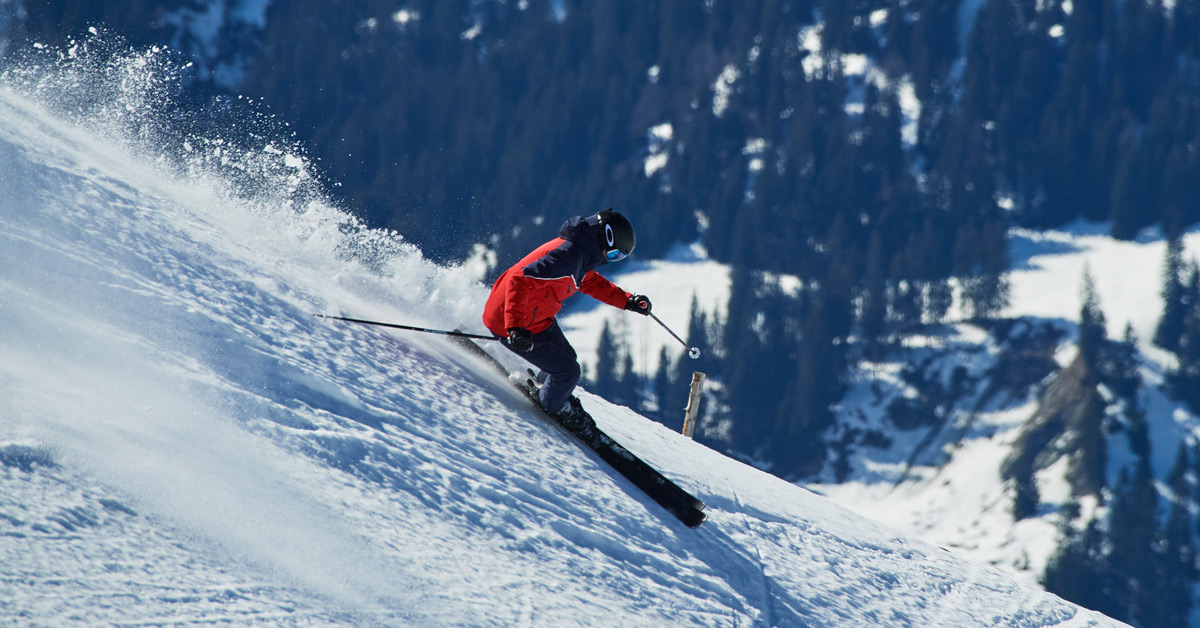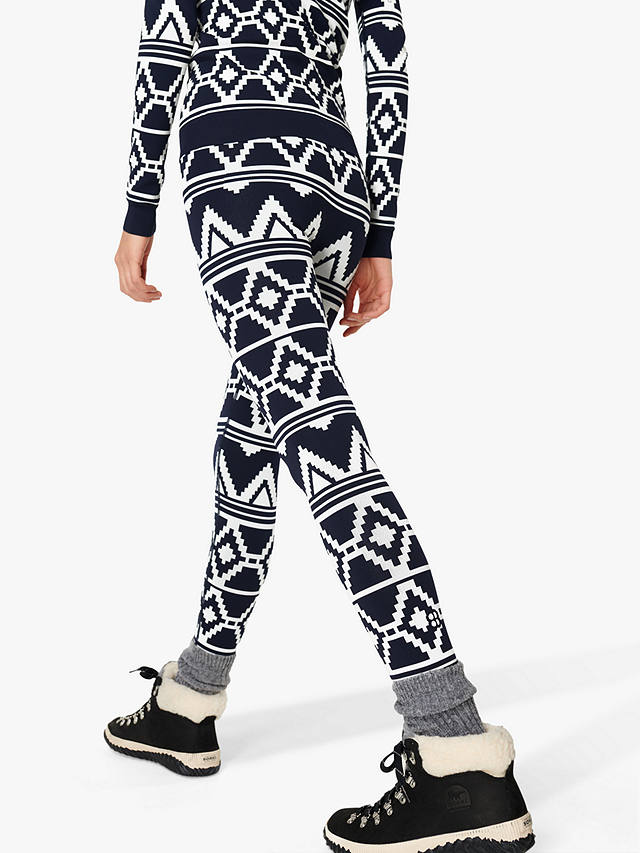Best Reasons On Picking Merino Wool Base Layers For Hiking
Wiki Article
What Is It That Makes Merino Sheep Distinct From Other Types Of Sheep?
Merino sheep have many distinct features that distinguish them from other breeds. Merino wool- Merino sheep are well-known for their fine wool. The wool is more soft and finer than other breeds of sheep. Merino Wool is sought-after due to its flexibility, warmth, and comfort.
Ability to adapt: Merino sheep are very adept to all environments and climates. They can thrive in both hot and cold climates and are able to tolerate a variety of temperatures.
Resilience: Merino sheep are known as tough and durable. They are resistant against most common illnesses and can withstand the harshest conditions.
Fertility- Merino sheep are characterized by a high fertility rate and can produce multiple offspring in one pregnancy.
Merino sheep's patterns of grazing are distinctive. They have a unique way of grazing that is good for their health. They prefer to cultivate their grazing in a controlled, carefully selected manner. This allows them to stay clear of harmful plants and overgrazing.
Breeding- Merino sheep are selectively bred to produce the finest quality wool. This has resulted in a wide variety of Merino sheep breeds, each with its distinct characteristics and distinctive characteristics.
Merino sheep have a long-standing tradition of being highly prized for their high-quality soft, flexible wool as well as their unique qualities. They are an important resource for the wool industry, and are highly valued by farmers and breeders around all over the world.
How Do 3/4-Length, Long Sleeves, Zip-Neck, And Hooded Wool Base Layers Differ?
There are several types of Merino Wool base layers including 3/4-length, long-sleeve and zip-neck. Each has distinct advantages and characteristics. We'll help you select the right 3/4 length Merino base layer. These base layers offer warmth and comfort for your lower part of the body, but without adding the bulk. This kind of base layer can be worn in both warm and cool weather. It is suitable to wear under shorts or long pants. These base layers are ideal for activities that require extra warmth, but are not fully-length.
Long Sleeve Merino wool layer base layers are designed to provide warmth and ease of use. They are available in different weights and are an excellent option for colder weather. They are perfect for moderate- or low-intensity activities that require additional warmth.
Hooded Merino wool base layers are made to offer warmth and protect from elements. They typically feature the option of a hood fitted to be worn over helmets or other headwear. For activities that may expose you to cold or wind, hooded bottom layers can be an ideal choice.
The basic layers of Zip-neck Merino Wool are constructed to allow for easy ventilation and temperature control. The neckline is generally zippered and can be opened or closed depending on the weather. Zip-neck base layers are a good choice for any activity where you require to keep your body temperature in check quickly, such as during high-intensity activities.
When deciding on the most suitable Merino base layer for your needs, consider the conditions of the weather, the intensity and level of your preferences for your activities and personal preferences. 3/4-length base layers work well in mild to cool conditions. Long sleeves are best for colder conditions. Hooded base layers provide additional protection against cold and wind. If you are doing activities that require you to quickly control your body temperature, zip-neck base layers can be a great choice. Additionally, consider the shape of the base layer and make sure that it's comfortable and offers all range of motion. Go explore koraoutdoor.com for thermal ski clothing for more info.

What Is The Most Effective Combination Of Ski Clothing With Merino Wool Or Himalayan Yak?
The best ski mid-layer clothing combination in relation to Merino wool and Himalayan yak wool will depend on the conditions of the day and your personal preferences. There are a few options: Merino wool as a base layer, and Himalayan Yok wool to serve as an intermediate layer. This combination is great in colder temperatures in which warmth is essential. The Merino wool base layer will ensure excellent humidity control and temperature regulation and the Himalayan Yok wool mid-layer can provide warmth and insulation.
Merino Wool mid-layer and Himalayan Jak wool mid layer-This combination is great for the changing weather conditions. The Merino wool mid-layer can provide warmth and moisture control, while the Himalayan yak wool mid-layer can provide an additional layer of insulation when needed.
Merino wool base layer, Merino wool mid-layer, and Himalayan Yak wool mid-layer This combination is a good option for extreme cold weather conditions or for those who are more sensitive to the cold. The Merino wool base layer is designed to provide moisture management and temperature regulation and temperature regulation, while the Merino wool mid-layer adds an additional layer of warmth and moisture management. The Himalayan Himalayanyak Wool mid-layer gives you an additional layer in warmth and insulation.
Layering is dependent on personal preference. Every person's physique and level of activity, as well as weather conditions will determine the right combination. It is important to select layers that are comfortable and allow you to move freely while skiing. Go discover koraoutdoor.com for ski thermals for website recommendations.
What Is It That Makes Merino And Himalayan Yarn Better Than Cotton Nylon, Polyester, And Fleece Alternatives For Ski Gear?
Merino wool and Himalayan Yak wool are superior than cotton, polyester nylon, and fleece when it comes to skiing clothing due to a number of reasons. Warmthis one of them. Merino wool as well as Himalayan yarns are extremely efficient insulators that will keep you warm in frigid weather. Merino wool as well as Himalayan Yak wool offer excellent insulation. This is contrasted with cotton, nylon and polyester, which are too light.
Moisture management- Merino and Himalayan wools are exceptionally efficient in managing water. Both fabrics are naturally moisture-wicking. They draw moisture from the skin and transfer it to the outer layer which allows it to evaporate. This is unlike cotton, which absorbs moisture. It can be bulky and uncomfortable if it is wet.
Breathability Merino wool or Himalayanyak wool is extremely air-tight. This lets air to circulate through their fabrics. It helps to regulate the body temperature and avoids overheating. This is crucial for ski clothes since it lets you be at ease while skiing. Polyester or nylon as well as fleece are, however, are more breathable however they trap moisture and heat. This can make you uncomfortable and sweaty.
ComfortThe Comfort Merino wool as well as Himalayan yak wool are incredibly gentle and comfortable, which makes them ideal for wearing close to the skin. They are extremely stretchy and flexible that allows for complete movement and mobility. Polyester as well as nylon and fleece, on the other hand are rigid and uncomfortable. This could limit the range of motion and cause discomfort.
Sustainable: Merino wool and Himalayanyak wool are both sustainable and natural fibers that can be reused and biodegradable. They're therefore more eco-friendly than synthetics such as polyester or nylon which are made from non-renewable resources and require longer to break down.
Overall, Merino wool and Himalayan yak wool offer a range of advantages that make them superior to cotton, polyester as well as nylon and fleece for ski gear. They are warm and durable, as well as water-wicking. They are breathable and comfortable. This makes them an excellent choice for anyone who wants to stay comfortable during skiing.

